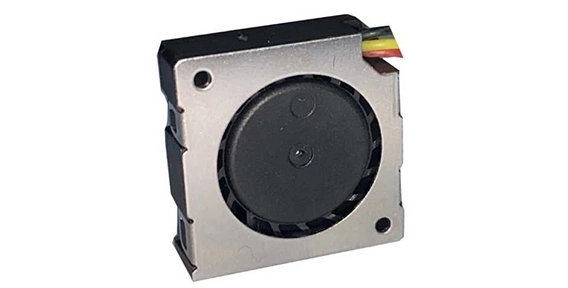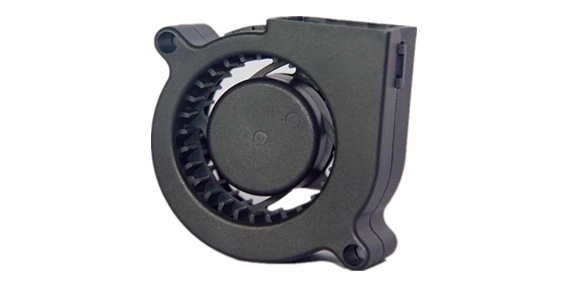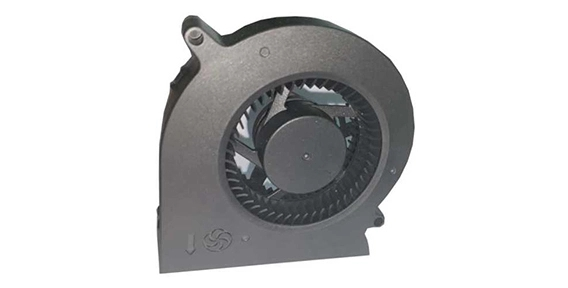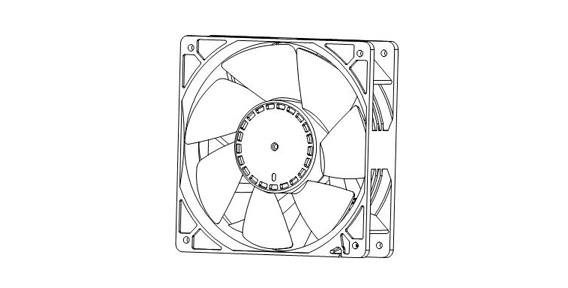DC air blowers have become an essential part of indoor spaces, providing efficient cooling and heating solutions. These versatile devices come in various types and offer different features to cater to the diverse needs of consumers. In this comprehensive guide, we will discuss the different types of DC air blowers, their impact on indoor air quality, their role in cooling and heating systems, and how to troubleshoot common issues that may arise.
Different types of DC air blower and their features
Centrifugal Blower
Centrifugal blowers are known for their high airflow capacity and can circulate air in large spaces effectively. These blowers are compact and lightweight, making them suitable for both residential and commercial applications. They also have adjustable fan speeds, allowing users to control airflow according to their preferences.
Axial Blower
Axial blowers are designed to provide a large amount of airflow but at a lower pressure compared to centrifugal blowers. These blowers have a simple design and are energy-efficient, making them a cost-effective option.
Mixed Flow Blower
Mixed flow blowers combine the features of both centrifugal and axial blowers. They offer a balanced airflow and are versatile in their applications. These blowers are often used in HVAC systems to provide adequate air circulation and cooling/heating.
DC air blower and their impact on indoor air quality
DC air blowers play a crucial role in ensuring a healthy indoor environment by improving air quality. They help in circulating and filtering the air, removing dust particles, allergens, and odors. The filtration system in axial cooling fan traps airborne pollutants, providing cleaner and fresher air to breathe. This is especially beneficial for individuals suffering from respiratory conditions or allergies.

The role of DC air blower in cooling and heating systems
DC air blowers are an integral part of cooling and heating systems, helping to distribute conditioned air throughout the room. In cooling systems, the blowers circulate chilled air from the air conditioner, ensuring uniform cooling. In heating systems, they distribute warm air generated by furnaces, ensuring efficient heating. The adjustable fan speeds in DC air blower allows users to control the temperature and airflow, providing optimal comfort.

Troubleshooting common issues with DC air blower
While DC air blowers are reliable and efficient, they may sometimes encounter common issues that can be easily resolved. Here are a few troubleshooting tips:
Check for power supply
Ensure that the blower is securely connected to a power source and that the power supply is working correctly.
Clean or replace air filters
Clogged air filters can hinder airflow. Clean or replace them regularly to ensure proper functioning of the blower.
Inspect for any obstructions
Check for any obstructions in the blower's air intake or exhaust. Remove any debris or dust that may have accumulated.
Check for motor issues
If the blower is not functioning or making unusual noises, it may indicate motor problems. Contact a professional for repairs or replacement if necessary.
In conclusion, DC air blowers offer numerous benefits in terms of air quality, cooling, and heating. Understanding the different types and their features can help you make an informed decision when choosing an indoor blower . By regularly maintaining and troubleshooting any issues that may arise, you can ensure that your DC air blower continues to provide efficient and reliable performance.

 EN
EN 

 +
+
 +
+
 +
+



